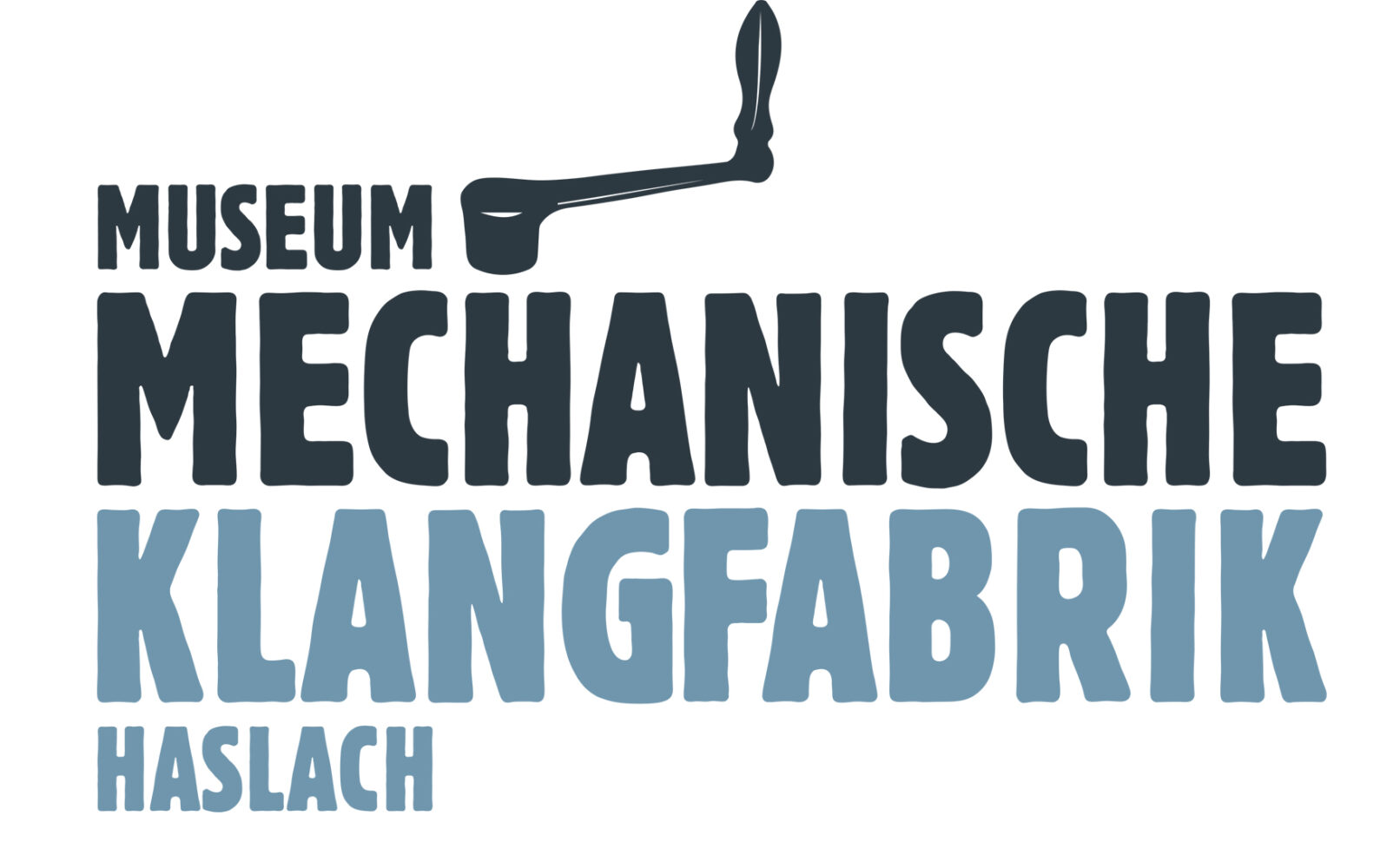At the appropriate time, one of the 20,000 or 30,000 nails or pins attached to a wooden cylinder actuates a hammer, which then strikes a piano string to produce the desired sound.
By the end of the nineteenth century, music boxes and other automatons were already widely used, devices that could imitate musical instruments as well as the human voice. At about this same time, the first mechanical pianos and organs were invented. They were operated by hand by turning a crank, mounted on the front of the instrument, that was extended by a screw inside. At the beginning of the twentieth century, music machines became automated: a spiral spring motor (as in alarm clocks or phono- graphs, only larger)—wound with a crank and then triggered by a coin—operated the so-called barrel piano. At the appropriate time, one of the 20,000 or 30,000 nails or pins attached to a wooden cylinder actuates a hammer, which then strikes a piano string to produce the desired sound. Each nail or pin represents one played note. The barrel piano exhibited here comes from the collection of the Mechanische Klangfabrik in Haslach.
With the kind support of the Mechanical Sound Factory Haslach and the collector Erwin Rechberger.

